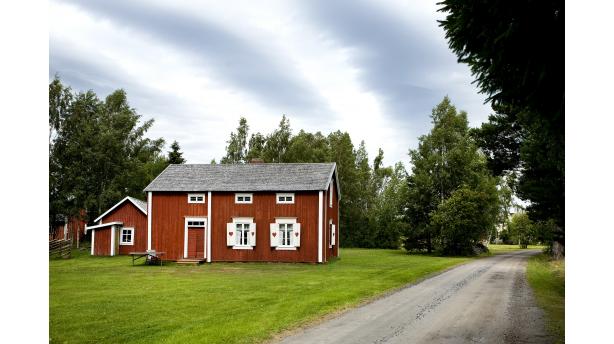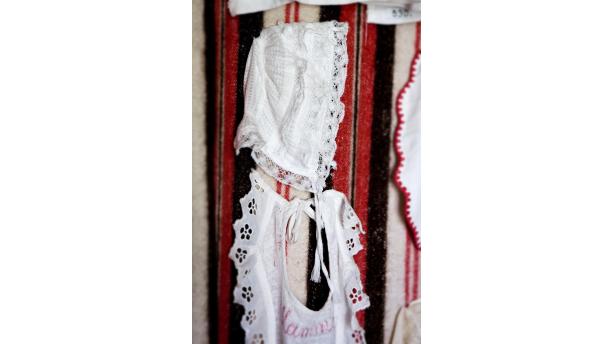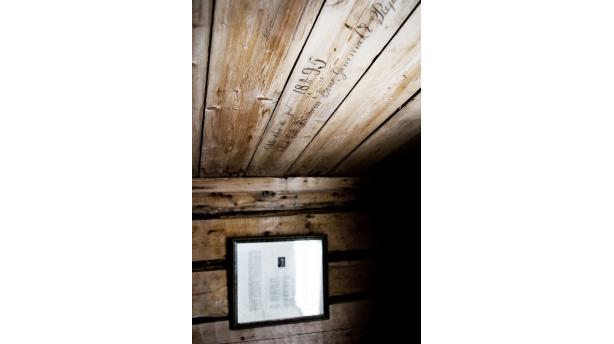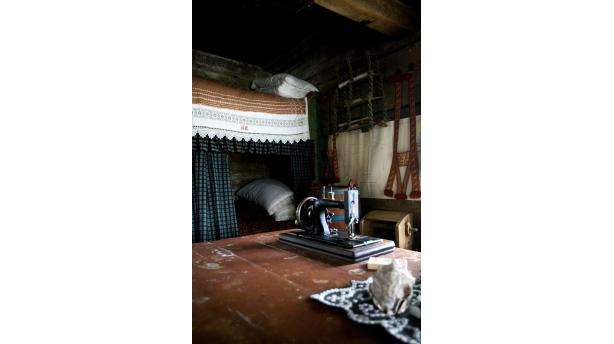Museum A-Ö » The archipelago, fishing and seafaring » Replot Museum
Replot Museum




Did you know...
The timber of the cottage partly originates from a 17th century chapel. The chapel was in use in Replot before the current church was built in 1781.
The Replot Museum represents a typical islander farm. In the collections are both utensils and furniture from the 18th and 19th century and handmade clothing for both the young and the old.
The Replot Museum is situated on the Alexandersgatan in the middle of the village. The museum’s collections cover all the domains of old time islander village subsistence economy. The cottage is a typical Replot cottage with 18th and 19th century items and furniture. The painted peasant furniture, often with green details, is particularly typical for Replot. There is a corner cupboard from the year 1830 in the cabin, a dining table from the year 1773 and a butter churn from the year 1790.The primary industry of the island was fishing, but sheep farming was along with it an important source of livelihood for the islanders in terms of both meat and wool. The sheep grazed on the island during the summer and were fetched back to their home farm in September or October. The lambs were sheared before the fall slaughter and the wool obtained was utilized. In practice all of the equipment used in manufacturing of wool and textiles has been preserved in the museum: all the way from the cards, the spinning wheels, the spinning chairs and the coilers to the looms and darning pads. In the winter handworks were also an important source of livelihood, and there were many skillful carpenters in Replot.
Gustav Liljeström, a factor from Vaasa, made the initiative for the founding of a museum in Replot in the beginning of the 20th century. As a summer guest on the island he had noticed, that there was even reluctant attitude towards the new youth association. Therefore he put forward, that the young and the old could be made to collaborate by founding a museum in the village. Consequently the locals began to collect artefacts, and the museum was inaugurated in 1915. The museum collection was initially located in one of the rooms of the youth association house, but in 1929 it was decided to build a completely own cottage for it. The youth association still runs the museum activity today.
The gems of the museum are stored in a chamber for various textiles, clothes and hats: the hand and machine made clothes, the exotic hats, which the sailors had brought home from their long sailing trips, and even a helmet from the time of the Second World War. The museum’s collection of books is also impressive. It originated the very same year as the museum was established. The proximity of the sea and the seaman life can be seen in the collections – among the items are a compass, various fishnets, sealskin snowshoes and corals from the islands of the South Seas.
The museum is an excellent visiting destination also for preschoolers or school classes, who want to get acquainted with their home region and old time life.



